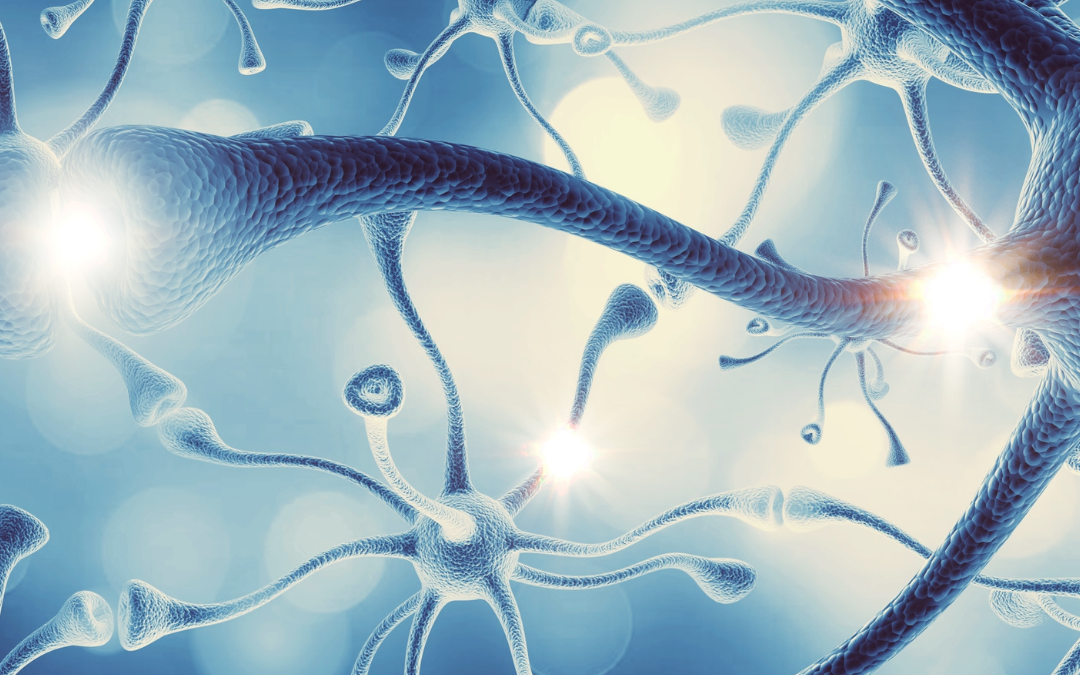A 2023 study has just been released outlining the changes to white and grey matter of the brain during your menstrual cycle. We’re going to be breaking it down for you to get to the must-known findings of this paper. It’s important to know that this paper is yet to be peer reviewed meaning that others in the field haven’t reviewed this paper for its credibility.
What is this study looking at?
This study chose to look at women aged 18-29 during 3 phases of their menstrual cycle; menstruation, ovulation and mid luteal phase. They wanted to know if changing levels of the brain (LH and FSH) and sex hormones (oestrogen and progesterone) changed the structure of our brains. Specifically, they were looking at the brains white matter, cortical thickness, brain volumes and grey matter.
Why did they decide to look at this?
These hormones affect the whole body and not just the uterus. They can even affect the brain’s plasticity and how it sends and receives messages from the body’s nerves. By identifying what happens to the brain because of these ever-changing hormone levels. It can tell us what behavioral, emotional, and cognitive impacts our menstrual cycle has on us. Without someone just calling us emotional around the time of the month, we would have evidence to explain that our brains are literally different at different times in the month! The results would also play an important role in how we look at Alzheimer’s disease and brain injuries in females.
(Beltz & Moser, 2020; Chung et al., 2016; Pritschet et al., 2020)
How did they investigate this?
As I said 30 women aged 18-29 participated in this study. They completed at home ovulation tests to estimate where they were at in their cycle. They used specific MRI scans to look at the structure of the white and grey matter in their brains during menstruation, ovulation, and mid luteal phases of their cycles.
What they found:
- During menstruation there were:
- Moderate levels of FSH
- Low levels of oestrogen, progesterone and LH
- During ovulation there were
- High concentration of oestrogen, LH and FSH
- During the luteal phase there were:
- High concentrations of progesterone
- Moderate concentrations of oestrogen
For what hormones these are and how they affect the menstrual cycle, please look back to previous blogs.
This article has reported was that
- FSH influences grey matter thickness in the temporal and occipital lobes suggesting the limbic system (where we process emotion and behavioural responses). FSH is high just prior to ovulation during the follicular phase so we would see these effects more in the first half of your cycle.
- Oestrogen, LH and FSH were all found to be associated with an increase in white matter, meaning our brains can communicate faster when these hormones are increased. According to their research it is during the ovulation phase or just prior to ovulation.
- Progesterone “increased and decreased the brain’s cerebrospinal fluid level”. This one is for the neuroscientists to best explain as my neurobiology knowledge and physics of the brain is limited.
- One last interesting find was that women who have suffered painful periods in their life. During their cycle grey matter increases in the pain centers of your brain. Meaning, this can amplify your pain signals due to the increased thickness. (Tu et al., 2013)
As with many studies there are limitations to their research. This study is yet to be peer reviewed so changes or stipulations may occur. They also used a small sample size and used over-the-counter ovulation tests to estimate each stage in the cycle. For more detailed limitations see the attached journal article.
This piece of research is important moving forward as it demonstrates how these hormones that are present in both male and female can have structural changes on the regions of the brain.
Reference
Menstrual cycle-driven hormone concentrations co-fluctuate with white and grey matter architecture changes across the whole brain.
Elizabeth J. Rizor, Viktoriya Babenko, Neil M. Dundon, Renee Beverly-Aylwin, Alexandra Stump, Margaret Hayes, Luna Herschenfeld-Catalan, Emily G. Jacobs, Scott T. Grafton
bioRxiv 2023.10.09.561616; doi: https://doi.org/10.1101/2023.10.09.561616
https://www.biorxiv.org/content/10.1101/2023.10.09.561616v1.full

